LEGENDS
Cissie Gool — the powerful anti-apartheid activist who battled the system
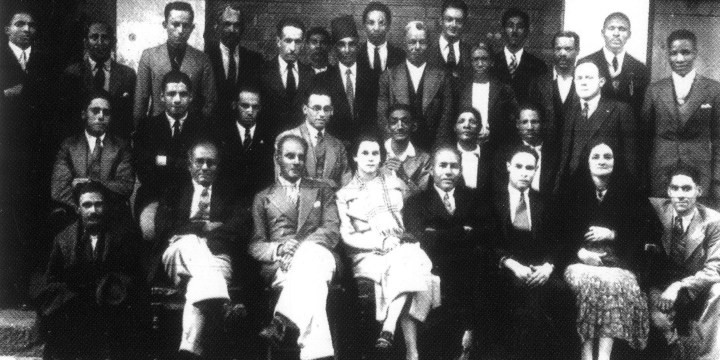
Cissie Gool was a revolutionary politician who fought for the poor and disenfranchised. Nick Dall found out all about her while co-writing his new history book Legends: People Who Changed South Africa for the Better.
Most Western nations granted women the right to vote shortly after World War 1. South Africa was slower on the uptake. Our Parliament, after all, included such fine gentlemen as Dr TC Visser, who claimed that “it was a scientific fact that the development of a woman’s brain stopped at a stage beyond which a man’s brain went on”.
By the end of the 1920s, however, men like Visser were in the minority and most white South Africans believed that white women should be allowed to vote. In 1928 the women’s branch of the National Party in the Transvaal pinned their colours to the mast by announcing: “Die vrou wil nie saam met die k***** stem nie.” (“The woman will not vote with the k*****.”)
When Parliament opened in January 1930, the recently re-elected Nationalist prime minister JBM Hertzog duly introduced a bill that would give the vote to white women only.
On 27 April 1931, 33-year-old Cissie Gool launched her political career by tackling this legislation head-on. As the Cape Times reported: “She denounced the failure to include coloured persons in the franchise legislation. ‘Perhaps their voices at the meeting would only lift to the ceiling and die in echoes,’ she said, ‘but perhaps a more constructive policy might be evolved. The whole basis of the Nationalist reasoning on the franchise legislation was fraudulent and false.’” She concluded her speech by insisting “a civilised people is being ruled by an ignorant oligarchy”.
Next on the podium was Cissie’s father, Dr Abdullah Abdurahman. As the Cape’s most famous coloured politician, he picked up where his daughter had left off: “Here you have a coloured lady and I say it not because she is my daughter, whom you have heard speak, and she speaks better than 99% of white women in this country. Not only does she speak better, but she has more brains than the majority of the white women in South Africa. There she sits and yet by this Act she is put down lower than the ordinary uneducated white domestic scullery maid.”
At the end of the meeting, Cissie led a march to Parliament and demanded to speak to prime minister JBM Hertzog, who, you guessed it, refused to see her.
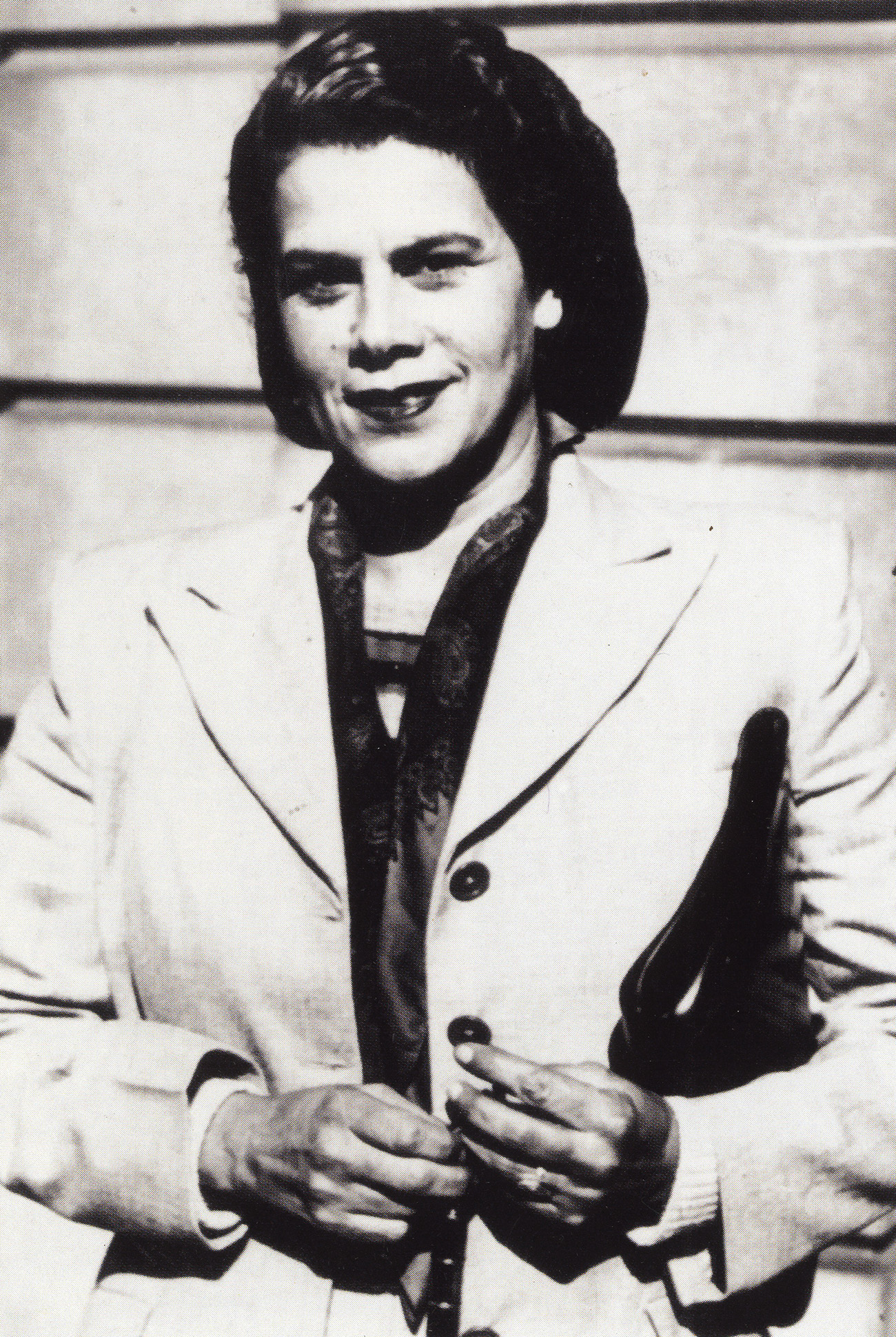
‘Living testimony of the heights to which a woman can rise’. (Photo: UKZN Special Collections)
In the beginning
Zainunnisa “Cissie” Gool was born in Cape Town’s District Six in 1897, the second and final daughter of Abdurahman and his Scottish wife, Helen “Nellie” James. (They’d met while Abdurahman was studying medicine in Glasgow.)
Cissie grew up in Albert Lodge, “the most prestigious mansion in the whole of District Six”. Her parents were pretty well off and, unusually, they were committed to getting the best possible education for Cissie and her older sister, Rosie. Cissie’s education was not only formal. Her parents’ home was a thoroughfare for the liberal thinkers of the day. She must surely have been inspired by the fireside chat of men such as Mohandas Gandhi, WP Schreiner and John X Merriman, among many others. What’s more, “Olive Schreiner was one of a number of influential, militant women who visited the Abdurahman home from time to time, and who provided role models for the young Abdurahman daughters”.
Gandhi’s great woman disciple
Cissie went on to study at UCT, becoming the first woman of colour in South Africa to receive a master’s in psychology. But she might never have got into politics if Sarojini Naidu hadn’t visited Cape Town. Naidu was a world-famous Indian poet, politician and feminist, a close friend of Gandhi’s and a firm believer in passive resistance.
Naidu arrived in Durban in late February 1924 for what was meant to be a two-week visit. She ended up staying almost three months on a gruelling nationwide schedule that saw her address large crowds at two or more events every day. While in Cape Town, Naidu had assumed she’d stay with Cissie’s parents-in-law: Gandhi always stayed with the Gools when in the Mother City. But Cissie “put her foot down” and insisted Naidu stay with her and her husband. Patricia van der Spuy and Lindsay Clowes argue that the three weeks Naidu spent at 48 Searle Street were crucial to Cissie’s political development.
Dr Abdurahman may have been ahead of his time when it came to educating women, but he was also a staunch patriarch who hadn’t yet acknowledged that women had much of a role to play politically. Cissie’s mother was slightly more progressive, but even she stayed largely in her lane. Naidu, however, had no qualms about wading into the man’s world of politics — in fact, she seemed to relish it. In her first speech on the African continent in Kenya in January 1924, she addressed the elephant in the room tusks first: “I am aware that there are many very irresponsible men in your country who regard a mere woman from India as an irresponsible firebrand.” She then challenged “any man” to deny her the right to speak.
As Van der Spuy and Clowes write, “Sarojini Naidu’s visit reveals a ‘light bulb’ moment for Cissie Gool, the realisation that women could inhabit the closely guarded citadel of ‘malestream’ politics.”
Naidu proved an instant hit with the black people of South Africa. So much so that, despite being a foreigner, she was elected president of the South African Indian Congress “by men who had not previously imagined women as members, let alone accepted one as leader.”
White South Africans weren’t as partial to her, with the Cape Times misogynistically accusing her of “emotional, ill-balanced harangues”, “wild oratory” and “stirring up mischief”. So incensed was Cissie by all of this that she took the time to write a letter to the editor:
“You are absolutely wrong when you say that her ‘motives underlying all her speeches are to raise prejudice and to damage relations of white and black in South Africa’. Let me, a non-European woman who has … watched the trend of political affairs in South Africa, especially the relationship between white and black, give you my view of Mrs Naidu’s visit and her speeches … Mrs Naidu is a great guiding star that has loomed on our horizon pointing out the way … She has been a warning to Europeans, a lesson to the non-Europeans, and a glorious inspiration to the dark races of Africa…”
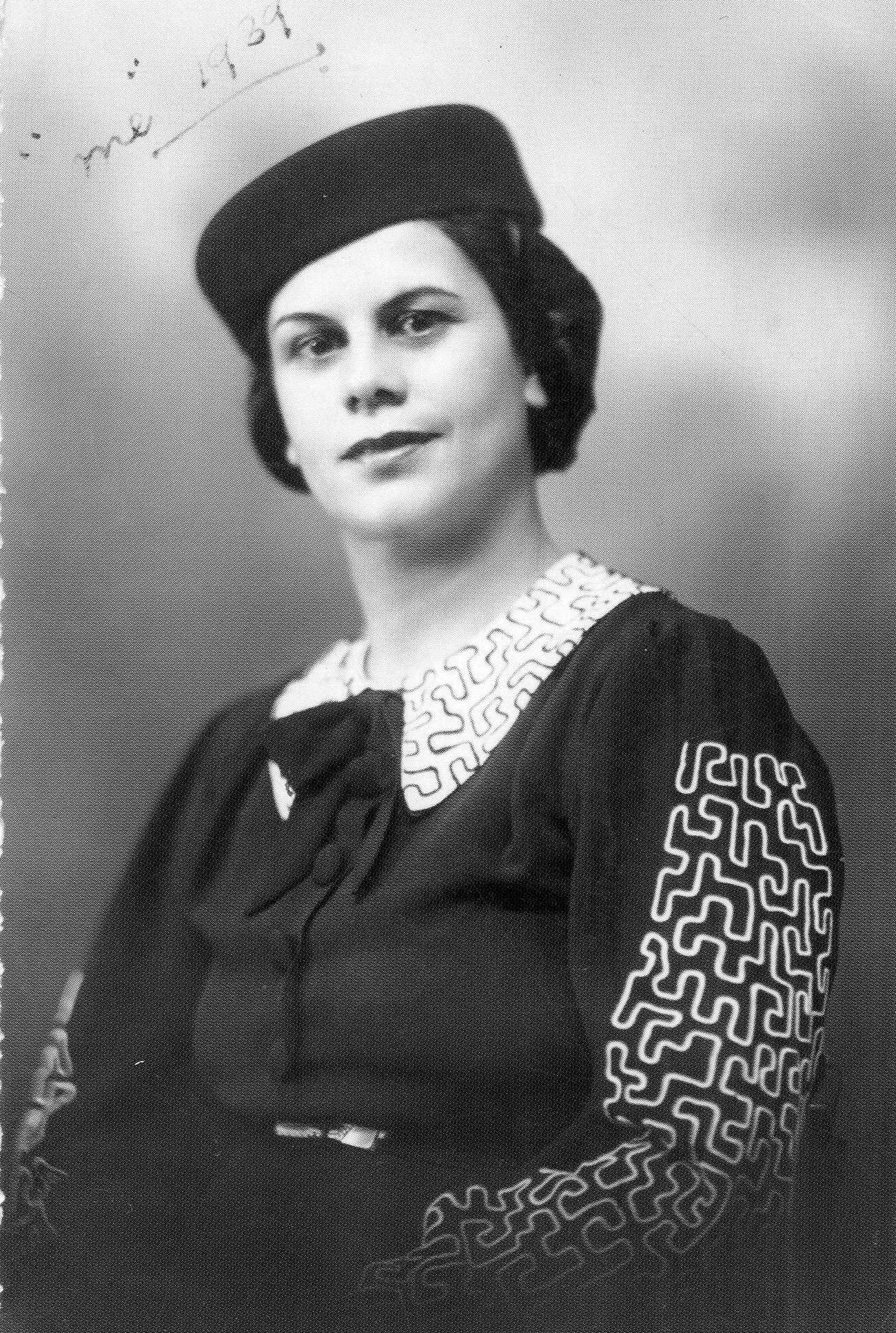
Cissie Gool. (Photo: UKZN Special Collections)
Battling the system from within
In 1937, at the urging of some in District Six, Cissie ran for the Cape Town city council. She didn’t manage to win that election. But after gaining the support of both the community and her dad (he’d taken a while to come around to the idea of her becoming a full-time councillor), she came back much stronger the following year. Using the tagline “The People’s Own Candidate”, she campaigned on a 10-point programme that included calls for “decent housing and sanitation” and “more creches and clinics for the poor”. Point nine was written in a bigger and bolder font. It stated in no uncertain terms that there was to be “NO RESIDENTIAL SEGREGATION”.
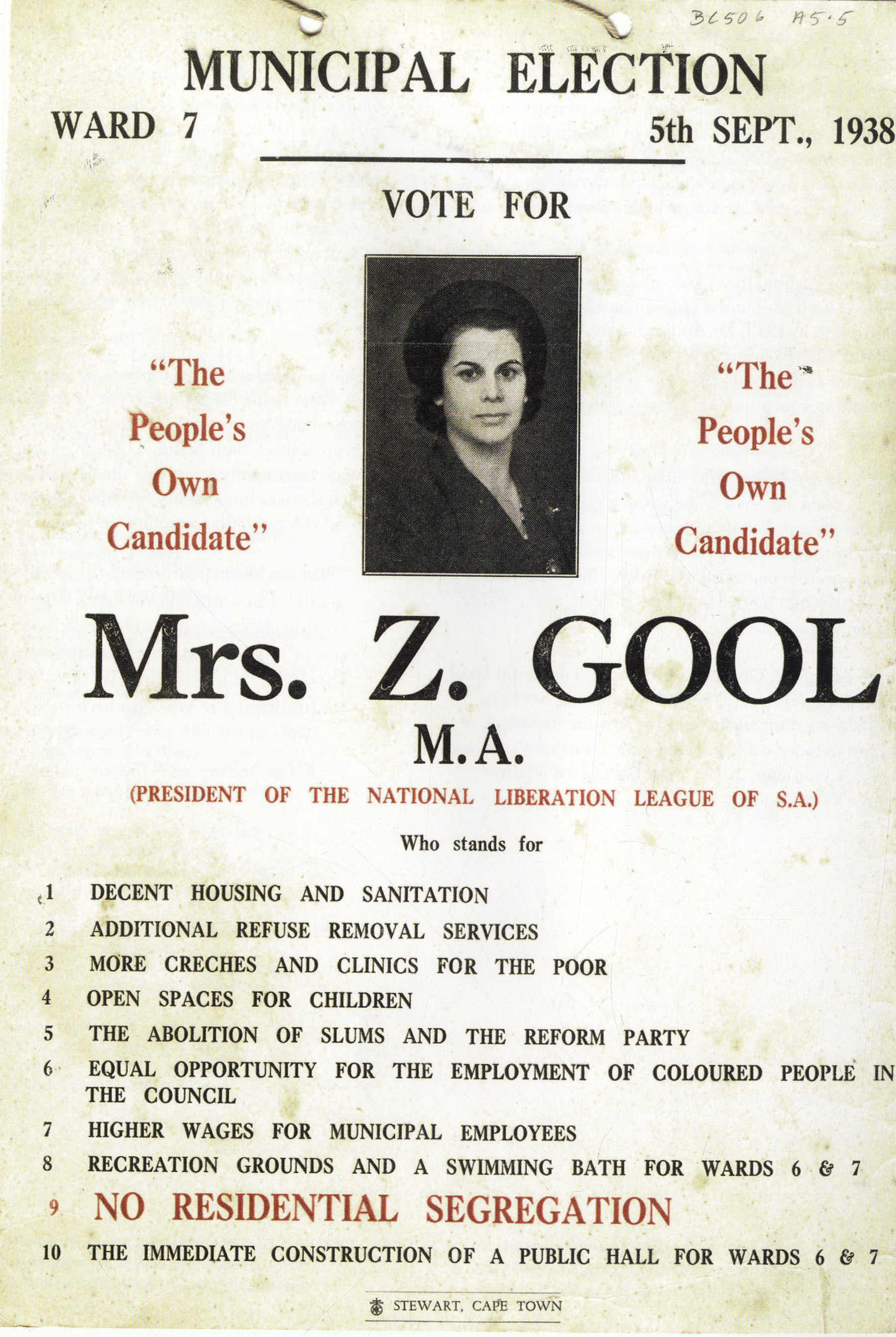
Pinning her colours to the mast. (Photo: UKZN Special Collections)
Cissie won the election by an impressive 370 votes. “This is the most thrilling moment of my life,” she told a crowd of supporters who’d gathered on the Grand Parade. Naz Gool-Ebrahim, Cissie’s niece, remembers what happened next: “The crowd ran onto the stage, lifted her shoulder high and carried her through the streets of District Six to thunderous applause … Never before had a non-white woman ousted an incumbent white city councillor from his seat. Men and women wept openly as Cissie was carried to her ancestral home … As a girl I felt so wonderful about being related to Cissie.”
Being elected to office seemed to inspire Cissie to act ever more radically. One of the first things she did as a councillor was to arrange for dozens of poor kids from District Six to gatecrash a Children’s Day parade organised by a white women’s group. To really hammer home her point, Cissie gave the children banners bearing slogans such as “We want food”. As Gool-Ebrahim notes, “the organisers were furious, but Cissie didn’t care because she felt discrimination hit underprivileged children the hardest”.
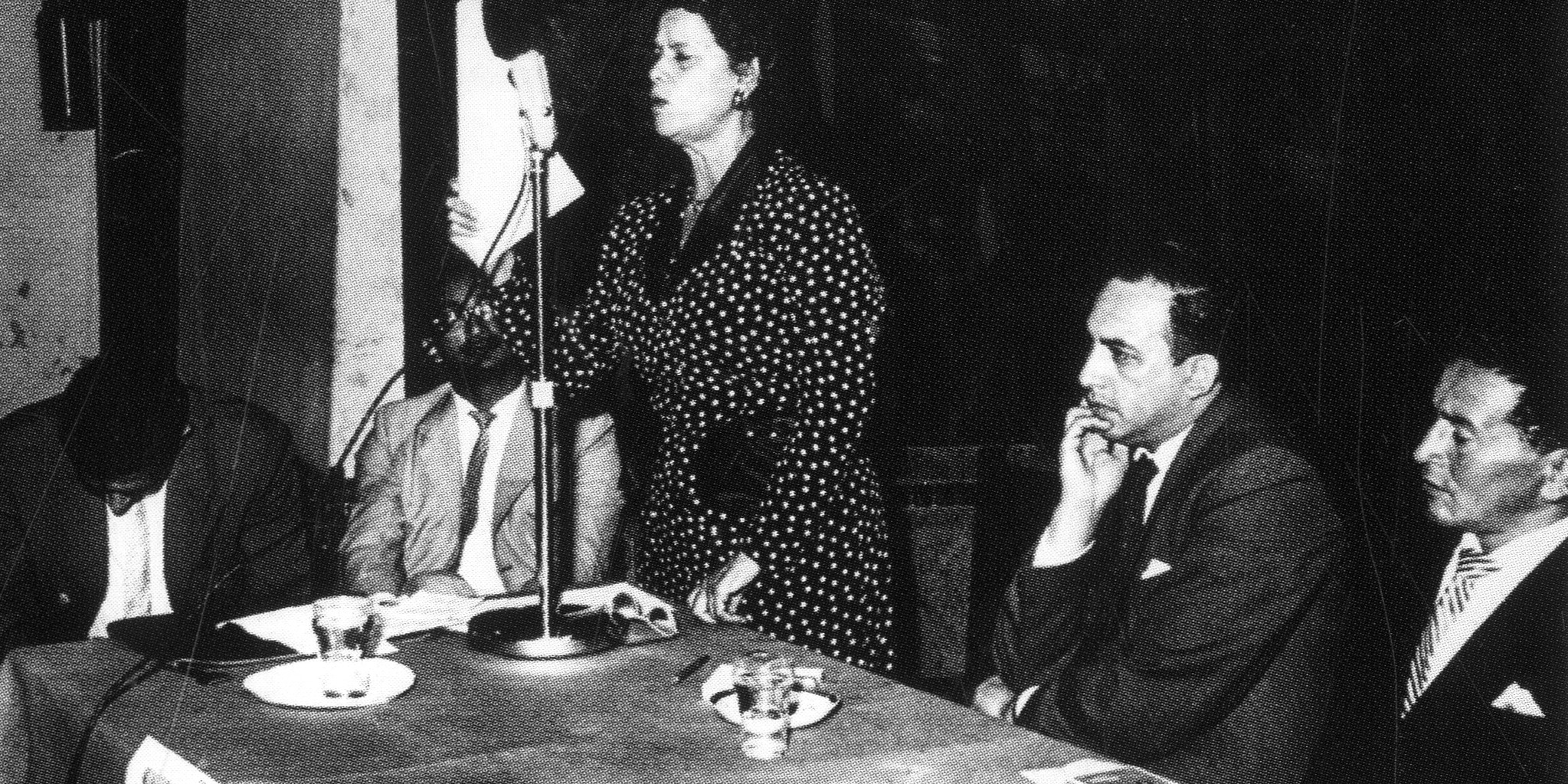
Cissie Gool reading the riot act. (Photo: UKZN Special Collections)
From behind bars… to the Bar
Cissie never relinquished her seat on the city council. And no matter how many times she was knocked down, she always got up again. In 1954 she was imprisoned under the Suppression of Communism Act and then again, for six months, in 1956, when she was 59 years old. On that occasion, her crime was saying that the government “handled political prisoners brutally”.
At around this time, Cissie re-enrolled at UCT, this time for a law degree. And in 1963, Jameson Hall erupted in a raucous standing ovation as “a 66-year-old Cissie was capped for the third time”. Shortly afterwards, she was admitted as an advocate, becoming the first black woman to achieve this honour.
This posed an unusual problem, as her niece remembers: “As Cissie prepared for her first briefing with great fervour, advocates discovered the robing room was for men only. One of the rooms was converted for Cissie, accented with a mirror to make it ‘more comfortable for a lady’. While Cissie related this story to me, she laughed and said, ‘Isn’t that fun!’”
Tragically, Cissie never argued that first case in court. She died of a stroke on 1 July 1963. The people of Cape Town came out in their thousands to catch a glimpse of the coffin as it made its way to the Muslim cemetery in Mowbray, where she was buried next to her father.
The mayor of Cape Town, who was at the grave in full ceremonial garb, spoke and said: “She always championed the cause of the less privileged sections of the community and was deeply sensitive to any form of human suffering.”
The Cape Times, which hadn’t always approved of Cissie’s actions, wrote that “there was hardly an issue, political or otherwise, that has confronted the non-Europeans of Cape Town … in which Mrs Gool has not taken a prominent part since 1930. Her name became a household word.”
Many South Africans have stood up against injustice. But Cissie’s humanity set her apart. As Nadia Davids, who has written two plays about Cissie, puts it: “Cissie Gool was, by birth (and often by self-definition) a Muslim woman, and it is difficult to explain what her story has come to mean to me and to other women in my community.
“She read, she smoked, she danced, she sang, she loved performance, she wrote, she refused to be bullied, she loved whom she chose, she demanded equality in public and in private, she studied, she mocked, she lived. When we Muslim girls from Cape Town growing into womanhood needed an alternative story and a different logic for a different life, one freed of that awful intersection between systemic historic patriarchy, and wilful contemporary caricature, we looked to Gool.”
Captured in a book
Legends: People Who Changed South Africa for the Better is a reminder that South Africans have a lot to be proud of. Cissie Gool is one of a dozen men and women of all races and eras to be included in the book, which also features well-known figures such as Nelson Mandela, Steve Biko and Thuli Madonsela and largely forgotten legends such as Sailor Malan and John Fairbairn.
Daily Maverick’s Marianne Thamm had this to say about the book: “Nick Dall and Matthew Blackman make South African history fun, they level playing fields, popping myths along the way.” DM
This story first appeared in our weekly Daily Maverick 168 newspaper, which is available countrywide for R29.
You can get the book Legends: People Who Changed South Africa for the Better in all bookstores around the country.
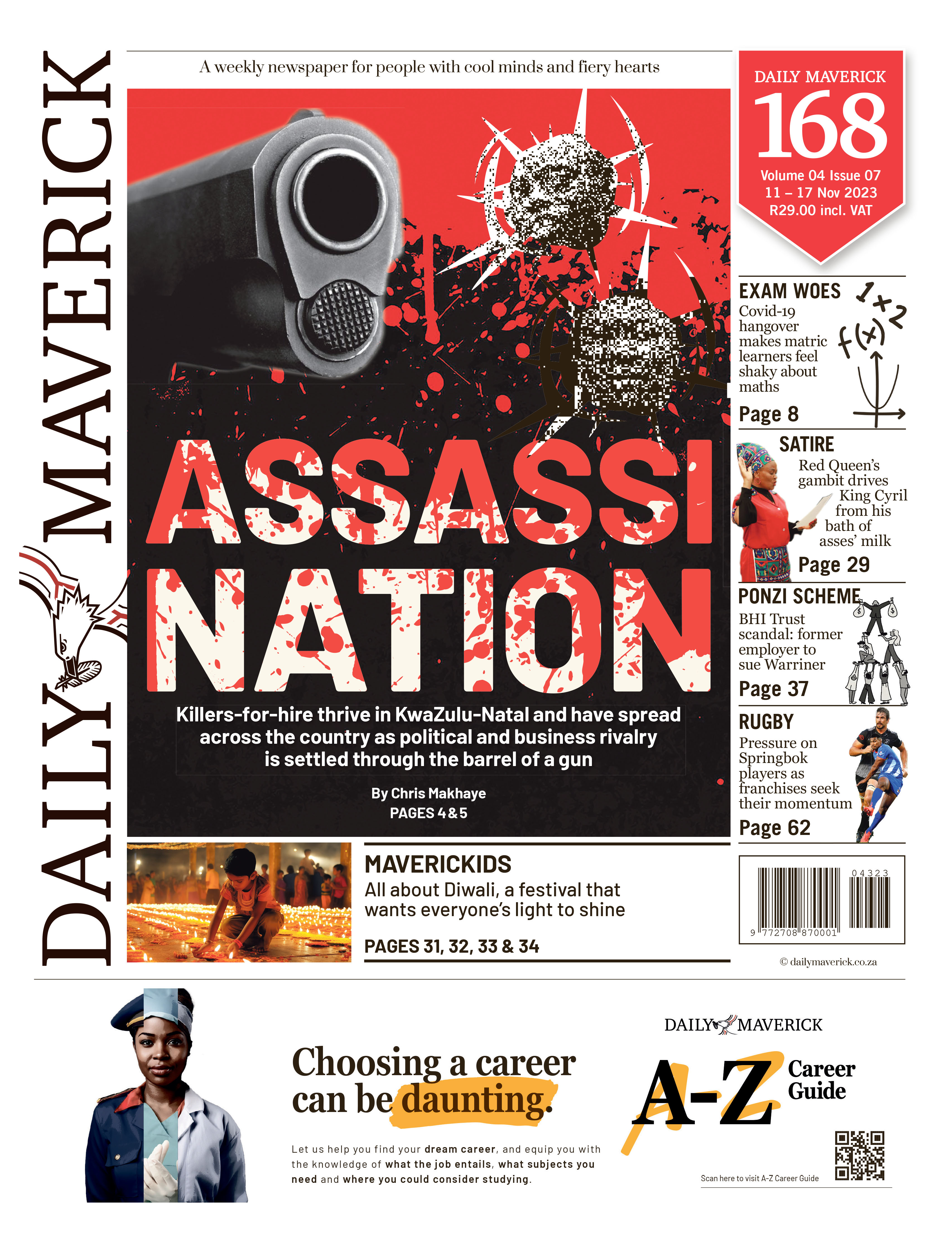

















 Become an Insider
Become an Insider
Comments - Please login in order to comment.